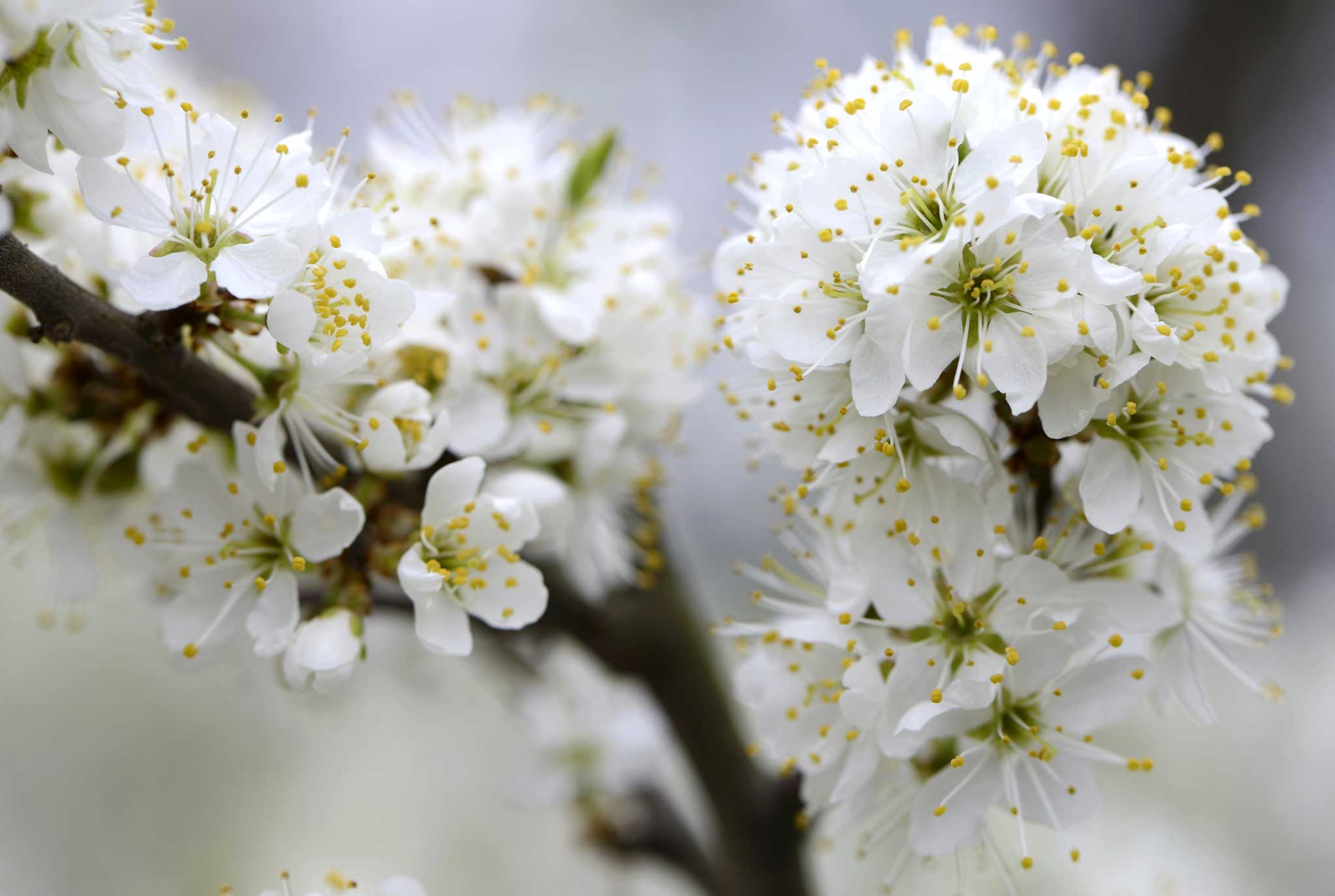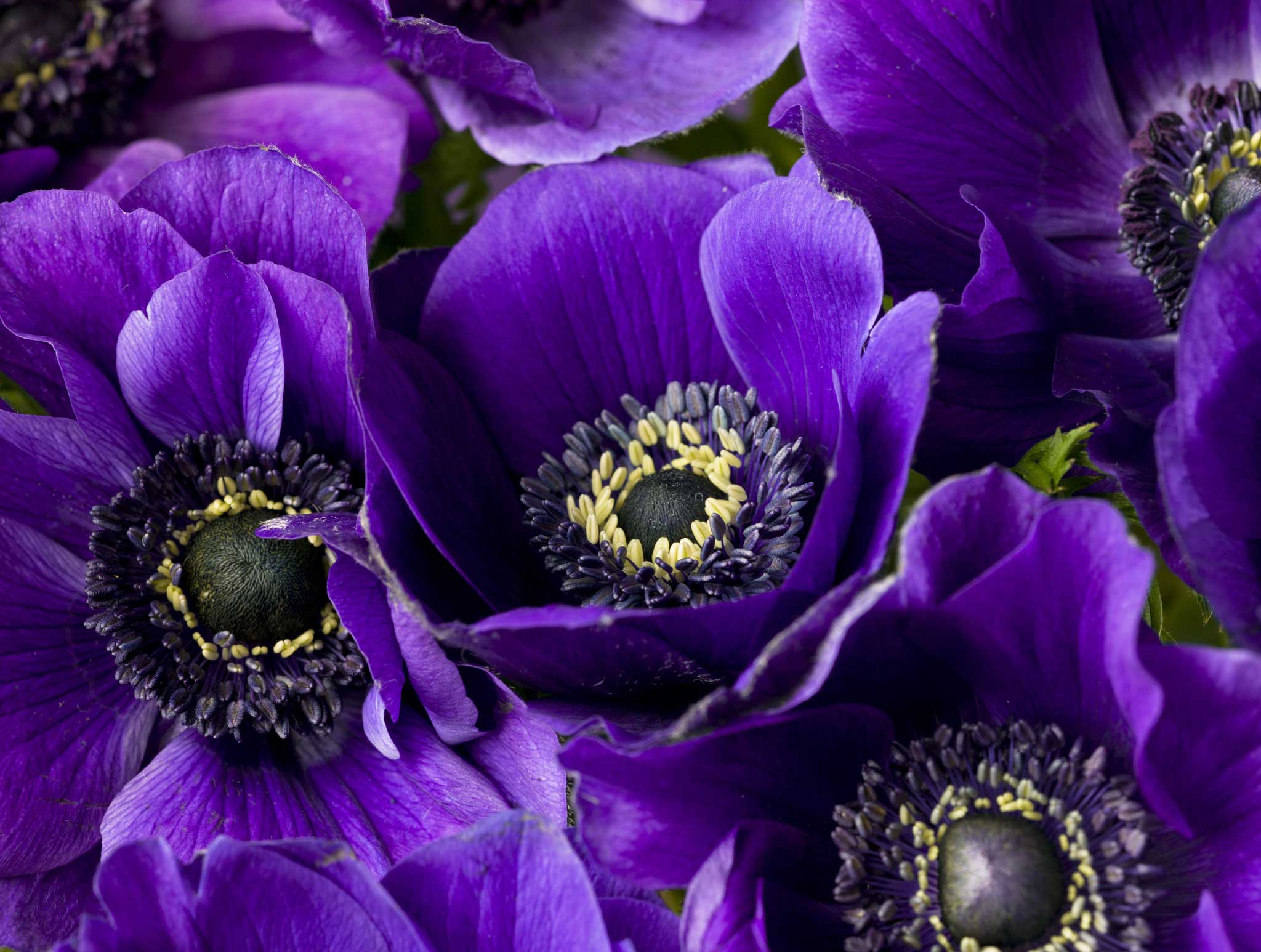Season's greetings: Anna Pavord takes us on a loved-up tour of her reinvigorated garden

Your support helps us to tell the story
From reproductive rights to climate change to Big Tech, The Independent is on the ground when the story is developing. Whether it's investigating the financials of Elon Musk's pro-Trump PAC or producing our latest documentary, 'The A Word', which shines a light on the American women fighting for reproductive rights, we know how important it is to parse out the facts from the messaging.
At such a critical moment in US history, we need reporters on the ground. Your donation allows us to keep sending journalists to speak to both sides of the story.
The Independent is trusted by Americans across the entire political spectrum. And unlike many other quality news outlets, we choose not to lock Americans out of our reporting and analysis with paywalls. We believe quality journalism should be available to everyone, paid for by those who can afford it.
Your support makes all the difference.The point about spring is that it takes you by surprise. It's the basis of all enduring love affairs. You have the security of knowing roughly how the plot will play out, combined with the intriguing differences of each encounter. You think you know how it's going to be, but then it sweeps you off your feet all over again. I'm totally in love with the garden once more. The worse the winter, the better the arrival of spring. That is certainly true, and down here in the West Country we've had a humdinger of a winter. Hideous in every respect. I only walked up the bank twice in three months – once to look at the damage caused by a fallen tree, once to see if some special snowdrops had come up. They hadn't.
But now primroses are falling in basketfuls out of hedges that are swathed in the white blossom of blackthorn. I cannot ever remember the blackthorn being so good. Doom merchants suck their teeth and say, "Ah, but what's going on at the root after all that rain?". To hell with the doom merchants. We worry about climate for our own sake. Plants, at least 400 million years ahead of us in the evolutionary scale, have seen it all before.
The ferns are beginning to unfurl with the slow, elegant, confident air of plants that got their act together in the early Carboniferous age. Anemones (the kind you see in florists' shops) are blooming in the deepest, richest purples and blues that a garden can produce. Small fountains of silver-grey growth are erupting from the various pinks that spill out over the path. And the rabbits haven't eaten them. The tulips, despite spending most of the winter in pots which must have seemed to them like bogs, have been outrageous.
In a half barrel standing against the greenhouse, I planted a mixture of the lily-flowered tulip 'Burgundy' and the double late, or peony-flowered tulip 'Antraciet'. I hadn't expected either of them to be flowering by early April (they are described as May-flowering) but what does that matter? They look fabulous. 'Burgundy', on its own, would be rather too tall for a tub (it's 60cm). But it's an extremely elegant tulip, nodding slightly, which is a charming trait in a flower that is often too ramrod straight. The flower is long, the petals sharply pointed, and like the best lily-flowered tulips, it has a pronounced waist, with the petals flipping out at the top.
To the old tulip-fanciers, like Sir Daniel Hall, who wrote The Genus Tulipa in 1940, form was all and 'Burgundy' is beautifully shaped. But the colour is gorgeous, too – a deep but soft purple with some of the outer petals flushed over with bronze. At the bottom, an insignificant white blotch. The stem, though slender, is plenty strong enough to hold the flower. That's not always the case.
'Antraciet' is half the height. That's partly why they go together so well. It fills up the empty mid-ground between the bottom of 'Burgundy' and its flower. In form it could not be more different. Hall hated the doubles. "Better dead," he said. But in a pot, they give a showier display than any other kind of tulip. The heads are big, round, formless balls, ruffled in the middle where the things that should be stamens have turned into a kind of petal. 'Antraciet' is a kind of deep crimson, redder than 'Burgundy'. The two colours are on a similar wavelength – different, but not aggressively so.

Because they can't be pollinated, the doubles last longer in flower than any other tulip. In a pot, that's a great advantage. The tulips are followed by stuff – argyranthemums, osteospermums, geraniums, that can't go out until all danger of frost has passed. The longer the tulips last, the less of a gap there'll be.
I had one wonderful evening, just after the clocks had gone forward. The late afternoon and evening had swelled into still-warm sunshine, so I went up the bank and started weeding under the roses that we grow for hips – Rosa moyesii 'Geranium', and things like that. Each bittercress plant, pulled up before it had seeded, was a small triumph. Sometimes happiness comes from lowering your horizons and my horizon, bent over one small square-metre of earth, could not have been lower. The ground was sour after the winter wet and just turning it over, fluffing it up with a handfork, was a pleasure.
I love weeding. It puts you close to your plants. It brings small things to your attention. The roses and the other shrubs in the hippery are underplanted with different kinds of primroses, including a patch of slatey-blue Barnhaven types. The Barnhaven flowers, in wonderful muted colours, were kept alive by a dogged Cumbrian, Jared Sinclair, who sent out seed of carefully-perpetuated crosses until his nursery closed in 1990. The seed went to France, but fortunately the plants are now available from Cath's Garden Plants (cathsgardenplants.co.uk) and Summerdale Garden Nursery (summerdalegardenplants.co.uk).
Primulas are promiscuous and the Barnhavens cross with the masses of wild primroses that grow in the garden. Their children are pretty but need moving away from the slate-blue kinds, before the original strain disappears altogether. So I do this, replant the children (deep-pink, oddly) in a different place and then see that one clump of the Barnhaven breed has spread on top of a beautiful small wild daffodil that I'm hoping will increase. But it won't while it's struggling with such a load on its shoulders, so I lift the Barnhaven (the soil is in a perfect state for plant-moving) and consider briefly in which direction I want the drift to spread.
As I'm replanting that, under a hawthorn, I catch sight of a clump of Bupleurum fruticosum (shrubby hare's ear) that needs pruning. The bupleurum is evergreen, with glaucous, waxy foliage and flat heads of flower, in shape and colour like that of fennel. It's a handsome thing, but brittle in growth, so the growths need shortening every spring. I do that, and in carrying the prunings to the bonfire, remember that the mahonia also needs pruning. But for that I need a saw. While I'm fetching the saw, I see a packet of basil seed on the table in the shed waiting to be sown... And so it goes on, a series of small interventions, each re-kindling the intricacies of this grand love affair.
Join our commenting forum
Join thought-provoking conversations, follow other Independent readers and see their replies
Comments